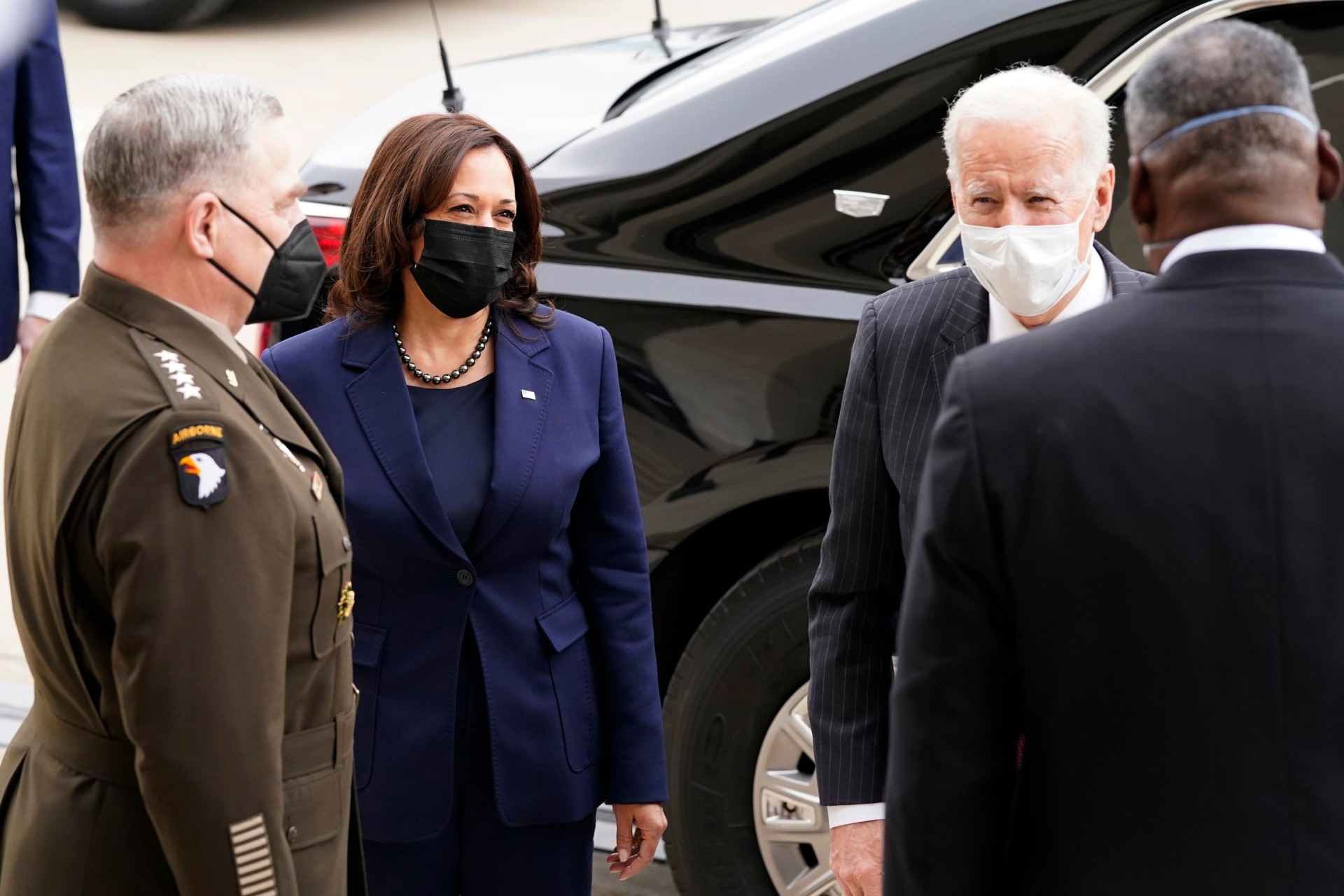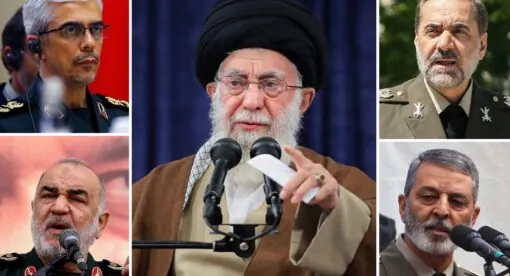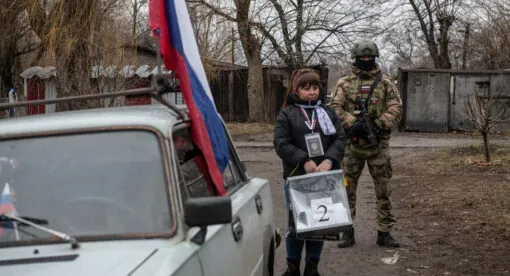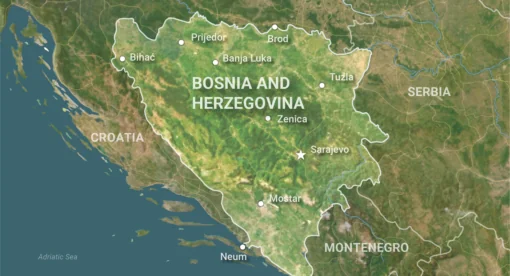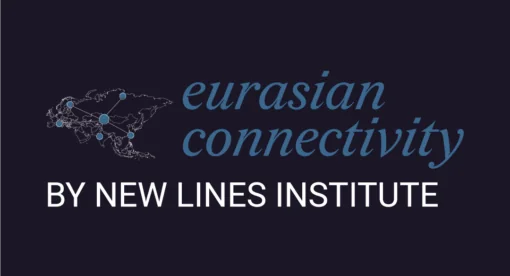The United States needs to center cooperation, coherence, and compassion in a narrower strategy for handling the security situation in Afghanistan and Pakistan.
On Jan. 20, with only 2,500 U.S. troops left in Afghanistan, the Biden administration inherited a delicate peace process with the Afghan Taliban and an uncertain path to a complete cease fire and intra-Afghan talks. In addition, it will also have to contend with a multitude of other security threats in the Afghanistan-Pakistan (AfPak) region that continue to evolve with the changing dynamics of the region. As the president has himself argued, it is imperative to set narrower, more reasonable objectives to effectively manage these threats. To clearly define these objectives, the new administration must connect recent developments in the militant landscape and the counterterrorism capacities of regional states to broader priorities of great power competition. A smaller but smarter U.S. presence in the AfPak region should be guided by principles of cooperation, coherence, and compassion, drawing on positive inducements rather than punitive actions to align multi-party incentives.
Understanding the Links Between Transnational and National Militant Groups
An understanding of the high-level dynamics of the militant landscape can help the new administration clearly define the broader contours of its counterterrorism objectives in the region. An important place to start is al Qaeda, the group that first compelled American troops to be deployed to Afghanistan, and the presence of groups with links to global jihadist organizations more generally.
The al Qaeda of today looks much different from the militant group led by Osama bin Laden. The organization faces an unprecedented challenge from the Islamic State for leadership of the global jihadist movement. Its numbers in Afghanistan have dwindled to no more than 600, and efforts against its senior leadership have led to the deaths of successor Hamza bin Laden and top propagandist Husam Abd al-Rauf. However, al Qaeda’s ambitions in the region have expanded beyond their former confinements, including through its affiliate in South Asia, al Qaeda in the Indian Subcontinent (AQIS). While AQIS’s operational capacity remains limited, it has sustained a steady stream of propaganda output and fostered relationships with other groups such as the various Pakistani groups that in 2007 came together to form the Tehrik-i-Taliban Pakistan (TTP), with whom al Qaeda shares historically deep ties dating back to the 1990s.
As the Afghan Taliban continue engaging in political processes, AQIS and TTP could deepen their strategic and tactical cooperation for their own goals. There are serious signs that TTP, at least, is already rallying against the backdrop of the peace process. Shortly after the United States signed a peace deal with the Afghan Taliban, a string of deadly militant groups announced their merger with the TTP, indicating new efforts toward organizational consolidation. TTP’s estimated force strength stands at 6,000 members in Afghanistan alone, placing it firmly as the second-largest militant group in the AfPak region after the Afghan Taliban. A large number of TTP members fled across the border into Afghanistan to escape the Pakistani army’s large-scale military operation –Zarb-e-Azb– launched in its tribal regions in June 2014, which limited its operational capacity in Pakistan. More recently though, the organization’s propaganda output has surged, especially in the past year, with media operations in Pashto, Urdu, Dari, Arabic, and English, which may be an attempt to reach an international audience and connect to transnational jihadist networks.
While some in the United States might consider the TTP a low-priority threat, the group has served as al Qaeda’s host and frontline ally for many years and continues to publish al Qaeda leadership’s propaganda materials on its media platforms. Sustained ties between the TTP and al Qaeda reflect a marriage between local and transnational jihadists – a phenomenon that remains a persistent challenge to stability in the region. Some evidence indicates that al Qaeda has a notable presence in TTP strongholds in the Afghan provinces of Kunar and the greater Paktia region, where many jihadists relocated to after experiencing losses in Waziristan in 2015. It is likely that the peace process in Afghanistan has emboldened the TTP; not only does the group view the peace deal as a win for jihadist groups like itself, the deal also allows TTP to redirect its manpower away from the jihad in Afghanistan toward other goals. Taken together, a reinvigorated TTP with close links to al Qaeda (and other transnational jihadist groups) with a willingness to broaden its goals to boost recruitment could ultimately threaten regional stability, as well as U.S. policy objectives in the region.
But both groups have had to contend in recent years with the rise of the Islamic State’s local province, Islamic State Khorasan (ISK). ISK’s goals include establishing the local province of the Islamic State’s envisioned global caliphate; targeting local government actors, international forces, and rival groups such as the Afghan Taliban; and implementing shariah according to the group’s extreme interpretation of Islam. ISK surged onto the scene in 2015 after drawing fighters into its ranks from multiple local groups (including many members of TTP itself) and by 2018 became one of the four deadliest terrorist groups in the world. Despite heavy territorial and manpower losses in the past couple of years, ISK continued its deadly attacks in 2020, attacking places of worship and hospitals alike, in addition to targeting Afghan journalists, government officials, and even top American diplomats. Per the authors’ data, ISK claimed 80 attacks in Afghanistan in the past year, half of which targeted Afghan security and government personnel, while other targets included the U.S. embassy and military base in Bagram, the Afghan Taliban, and Shiite Muslims. More than 80 percent of these attacks were claimed in Kabul and in ISK’s traditional stronghold of Nangarhar province.
ISK’s attacks in 2020 are strong indicators of a highly resolved and resilient organization – one that is likely to challenge any future Afghan government. Like al Qaeda, ISK also maintains strong relationships with local groups. For example, ISK draws on its operational links with the anti-Shiite Pakistani Sunni sectarian group Lashkar-e-Jhangvi, which also played a pivotal role in aiding al Qaeda’s war in Pakistan after 9/11. ISK’s strong anti-Shiite agenda overlaps with Lashkar-e-Jhangvi’s and will likely continue to provide strong incentives for the two groups to collaborate. Indeed, sustained multilateral efforts are required to undermine ISK’s ability to recover from leadership-level losses, exploit cross-border alliances, and replenish its ranks with experienced jihadists, including disgruntled Taliban members.
Despite their differences, militant groups across the region have honed their abilities to draw on available human and material resources through decades of war. It is estimated that thousands of foreign fighters still remain in Afghanistan, including around 6,000 Pakistani nationals alone. The presence of considerable numbers of foreign fighters both boosts the total recruitment pool size and fuels the expansion of a professional fighting class that often serves as a pipeline for fighters and materials between conflict zones. Additionally, groups continue to flush their cash reserves not only from a lucrative opium market but also from illicit trading of resources like timber and minerals.
New Capacities, New Priorities
As the militant landscape has changed, so have the counterterrorism capacities of the Afghan and Pakistani governments. In Afghanistan, the Kabul government has undeniably benefited from an abundance of foreign assistance. NATO’s Resolute Support mission to train, advise, and assist Afghan security forces has helped Afghans to partner on or lead highly complex targeting missions. Major efforts to professionalize the Afghan Air Force (AAF) through training and an injection of new air assets have led to some successes, including AAF-led nighttime air strike missions. And a bolstered intelligence and security apparatus has interdicted hundreds of attacks around Kabul alone, including the recent assassination attempt on the U.S. Ambassador to Afghanistan Ross Wilson. Nonetheless, the United States and its partners will need to work closely with the Afghan government to address recruitment shortfalls, mismanaged resources, faltering new military technology programs, reports of human rights abuses, and an Afghan army that still has to contend with a better funded and more cohesive Taliban rival.
In Pakistan, the government has dedicated substantial resources in the past few years to improving the capabilities of its provincial-level police forces dedicated solely to pursuing terrorist threats. The government has also bolstered its efforts to seal its border with Afghanistan in order to clamp down on cross-border militant movement. However, these efforts generally have targeted militant groups focused on Pakistan and have only taken limited action against groups making attacks in India and Afghanistan. There is room, then, for the Biden administration to induce a less selective approach by the Pakistani state when it comes to targeting militancy. In addition to using tools such as the FATF grey list, a bilateral relationship that builds on the goodwill generated by Pakistan’s support for the U.S.-Taliban peace talks and focuses on long-term rather than short-term goals may provide Pakistan the impetus to adopt a more comprehensive counterterrorism approach.
The presence of a high number of diverse non-state actors, including two prominent transnational brands – the Islamic State and al Qaeda – and frequent collaboration between groups means that counterterrorism remains a fundamental component of any broader security strategy in the AfPak region. Such groups can be exploited by adversarial states that seek to undermine U.S. interests in the long run, as has been demonstrated by Russian and Iranian involvement in the region in the past. Going forward, the United States would benefit from building political and economic relationships with partner countries that include precise and targeted support, such as contributions to cross-border security and counterterrorism/countering violent extremism training and support. The strength of the United States’ relationships with its partners will be contingent upon the latters’ ability to adequately contain domestic threats, tackle proxy warfare, and maintain internal stability.
Three Principles for a Narrower Counterterrorism Mission
To manage these evolving and oftentimes competing dynamics, a new agenda must be crafted with three principles at the helm: cooperation, coherence, and compassion. First, it is critical that any counterterrorism strategy in Afghanistan, however narrow, involves regional and international cooperation. That cooperation can be strengthened through traditional forums like NATO but also through newer security mechanisms like the Quadrilateral Coordination Group. Successfully coordinated cooperation across a range of international stakeholders will ultimately help advance narrower counterterrorism objectives like stemming transnational threats from cross-border militant movement, recruitment, alliances, and funding sources.
Cooperation also plays into a second principle: coherence. Narrower counterterrorism objectives should cohere to broader strategies of great power competition. For example, reducing the presence of proxy militant groups and other foreign militants in Afghanistan not only directly serves counterterrorism objectives but also limits great power competition-by-proxy in the region. Optimizing the Afghan air, army, and police forces will contribute to a Kabul government that is stronger, more legitimate, less reliant on international support, and more capable of countering mutual adversaries. With regard to Pakistan, it would be prudent to move beyond a security-centric relationship and invest in a more enduring relationship built around long-term socio-economic incentives, which may do more to strengthen the country’s political, economic, and civil society organizations. Such an approach can promote long-term stability in the country and help tackle some of the root causes of extremism.
Finally, the Biden administration’s counterterrorism approach must be driven by compassion. The Afghan people have suffered decades of near-constant war, which has included living under the Islamic State’s brief rule; strains of human rights abuses, whether from abusive CIA-backed Afghan strike forces; artillery shelling from the Pakistani military; and displacement due to conflict, and they now confront the costs of a global pandemic, too. Continued U.S. force drawdowns will likely leave security gaps in which vulnerable civilian populations are at further risk of violence and harm. A compassionate approach must take meaningful steps to mitigate civilian harm inflicted by state or non-state actors, through enhanced rule of law as well as measures for inclusive socio-economic security. One way to do this would be to link further U.S. troop drawdowns to metrics of enhanced human security, which include implementation of protective measures for civilians, especially women, minorities, and displaced populations. Afghan forces will need some degree of continued external assistance before they can fully provide that protection and ensure that any gains achieved in previous years are not reversed. For a compassionate approach to work, consistency, not expediency, must be prioritized.
The United States will have to contend with a far more diverse and complex militant threat than during the first post-9/11 deployments. For a smaller and smarter counterterrorism approach to work, narrower and clearly defined objectives must adequately consider each of the three changing dynamics discussed above and keep cooperation, coherence, and compassion as its principles on the path forward.
Dr. Amira Jadoon is an assistant professor at the Combating Terrorism Center and the Department of Social Sciences at the U.S. Military Academy at West Point as well as the CTC’s General John P. Abizaid Research Associate. Dr. Jadoon specializes in international security, economic statecraft, political violence, and terrorism. Her research focuses on the implications of international policy tools, such as U.S. military aid and sanctions, on internal conflict dynamics and examines the behavior of non-state actors, especially in South Asia, and the types of environments that exacerbate terrorist activity. She Tweets at @AmiraJadoon.
Andrew Mines is a research fellow at The Program on Extremism at George Washington University. He studies the Islamic State’s “Khorasan Province” in the Afghanistan-Pakistan region, focusing on counterterrorism and counterinsurgency operations against the group. He Tweets at @mines_andrew.
Abdul Sayed is an independent researcher on jihadism and the politics and security of the Afghanistan-Pakistan region. Sayed has a master’s degree in political science from Lund University, Sweden. He Tweets at @abdsayedd.
The views expressed in this report are those of the authors and not an official policy or position of the Newlines Institute for Strategy & Policy, the Combating Terrorism Center, U.S. Military Academy, Department of Defense, U.S. Government, the Program on Extremism or George Washington University.

